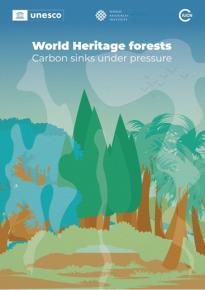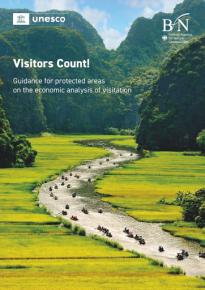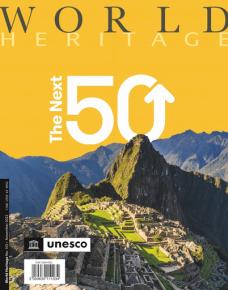Publication
World heritage glaciers

Limiting global warming to 1.5°C could save glaciers in two-thirds of World Heritage sites
Glaciers are crucial sources of life on Earth as they provide vital water resources to half of humanity for domestic use, agriculture and hydropower. They are also sacred places for many local communities and attract millions of tourists globally.
Glaciers are some of the most valuable indicators for understanding climate change. Among the most dramatic evidence that Earth's climate is warming is the retreat and disappearance of glaciers around the world. Closely observing and quantifying this phenomenon is essential to develop effective adaptation responses.
Around 18,600 glaciers have been identified in 50 World Heritage sites. These glaciers span an area of about 66,000 km², representing almost 10% of the Earth’s glacierized area. Research studies performed with satellite data highlight that these glaciers have been retreating at an accelerating rate since 2000. World Heritage glaciers lose on average some 58 billion tonnes of ice every year —equivalent to the total annual volume of water consumed in France and Spain together—and contribute to almost 5% of global observed sea-level rise.
Projections indicate that glaciers in one-third of World Heritage glacierized sites will disappear by 2050 regardless of the applied climate scenario and glaciers in around half of all sites could almost entirely disappear by 2100 in a business-as-usual emissions scenario.
The most important protective measure to counteract substantial glacier retreat worldwide is to drastically reduce greenhouse gas emissions. If emissions are drastically cut to limit global warming to 1.5°C relative to pre-industrial levels, glaciers in two-thirds of World Heritage sites could be saved. At site level, adaptative measures need to be strengthened to respond to inevitable glacier changes in the near future. These include identifying knowledge gaps and improving monitoring networks, designing and implementing early warning and disaster risk reduction measures, making glaciers a focus of targeted policy, and promoting knowledge exchange, stakeholder engagement and communication.
The successful implementation of these measures requires the mobilization of key stakeholders (e.g., governments, civil society, Indigenous Peoples, local communities and the private sector) to develop sustainable financing and investments, notably through the establishment of an international fund for glacier research and monitoring.









